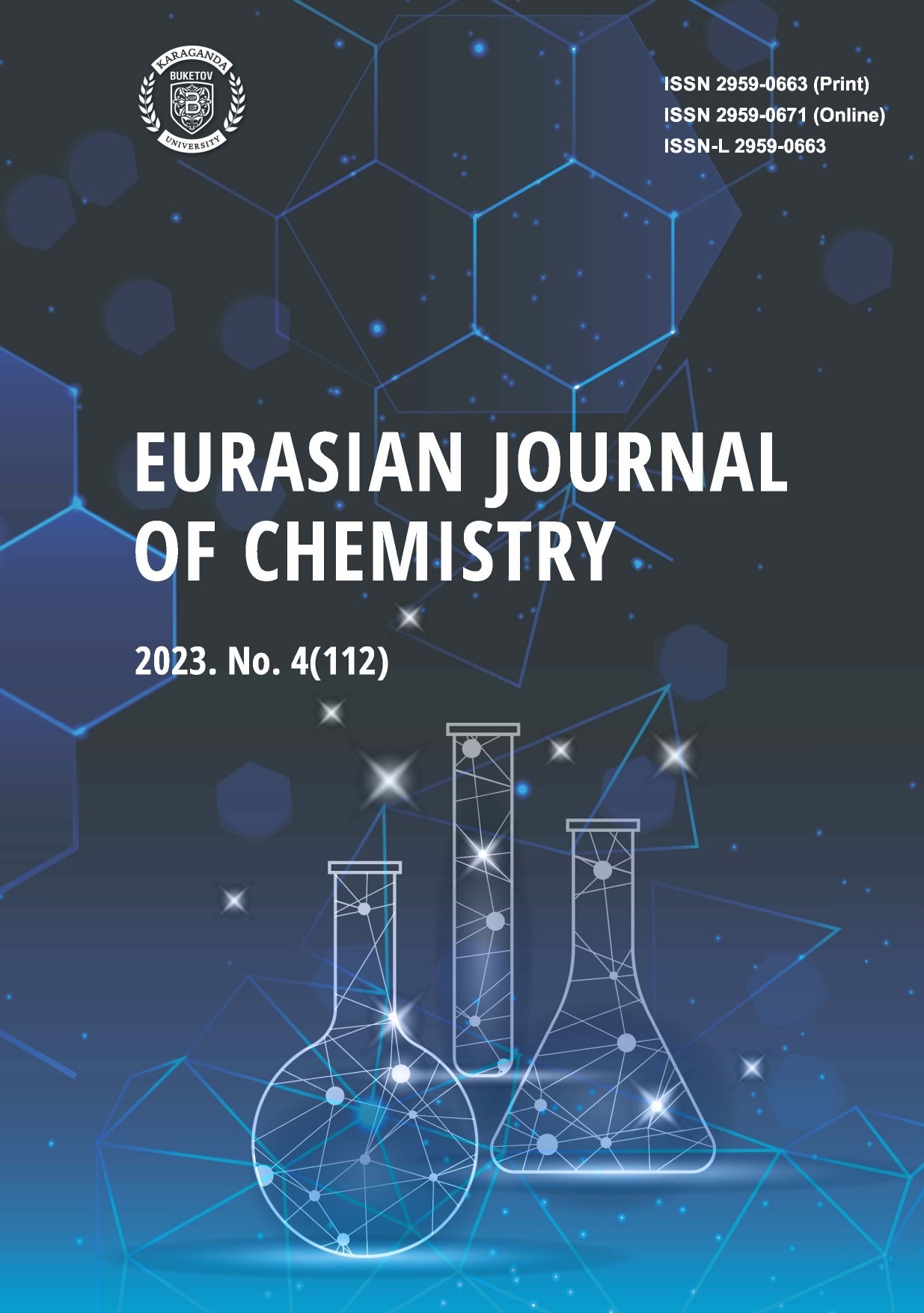Exploring the Antifungal Potential of 1,2,4-Triazole Derivatives: A Comprehensive Study on Design and Synthesis
DOI:
https://doi.org/10.31489/2959-0663/4-23-1Keywords:
1,2,4-triazole derivatives, antifungal activity, in silico studies, molecular docking, Candida albicans, Aspergillus nigerAbstract
Discovery of new antifungal agents is of great importance due to the increased prevalence of fungal infections and the emergence of drug-resistant strains. 1,2,4-Triazole derivatives have shown promising antifungal activity; therefore, this study aimed to design, synthesize and evaluate the antifungal potential of a series of 1,2,4-triazole derivatives. A series of 1,2,4-triazole derivatives were designed and synthesized. The compounds were characterized using FTIR, NMR and MS techniques. In silico studies including ADME properties, drug-likeness and molecular docking were carried out to evaluate the potential of the synthesized compounds as antifungal agents. In vitro antifungal activity was evaluated against Candida albicans and Aspergillus niger using the agar well diffusion method and zones of inhibition were measured. All synthesized compounds exhibited good physicochemical properties and drug-likeness profiles. Compounds AN5 and AN6 displayed the highest binding affinities of -9.2 and -10.0 kcal/mol, respectively, and showed promising antifungal activity. At a concentration of 100 µg/ml, compound AN5 exhibited zones of inhibition of 19.9 mm and 20.5 mm against C. albicans and A. niger, respectively, while compound AN6 displayed zones of inhibition of 19.5 mm and 22.5 mm, respectively. The marketed standard, namely itraconazole at the same concentration showed zones of inhibition of 23.8 mm and 24.7 mm. The designed 1,2,4-triazole derivatives, particularly AN5 and AN6, demonstrated promising antifungal activity against C. albicans and A. niger, making them potential candidates for further development as antifungal agents.
Downloads
Published
How to Cite
Issue
Section
License
This work is licensed under a Creative Commons Attribution-NonCommercial-NoDerivatives 4.0 International License.
Authors retain copyright and grant the journal right of first publication with the work simultaneously licensed under a Creative Commons Attribution License (CC BY-NC-ND 4.0) that allows others to share the work with an acknowledgement of the work's authorship and initial publication in this journal.




